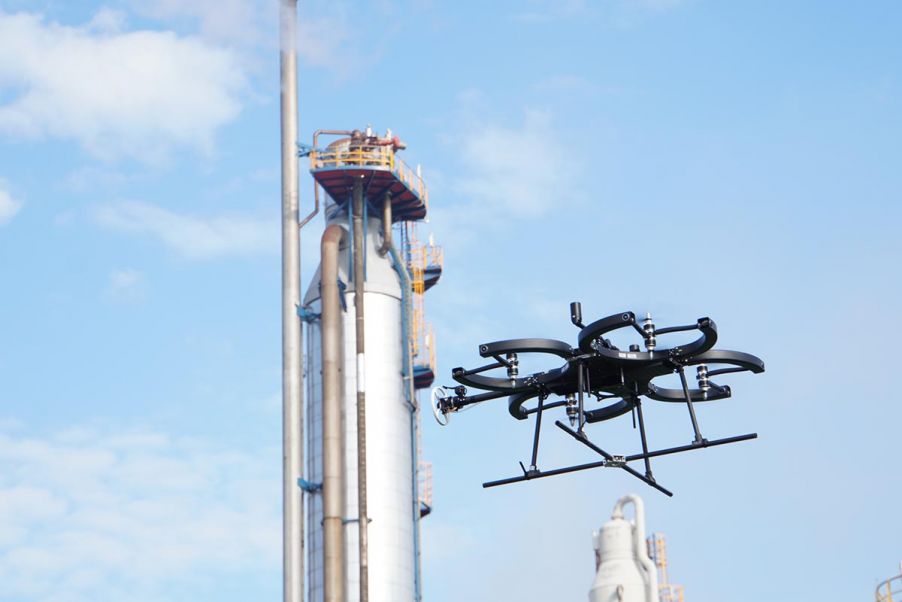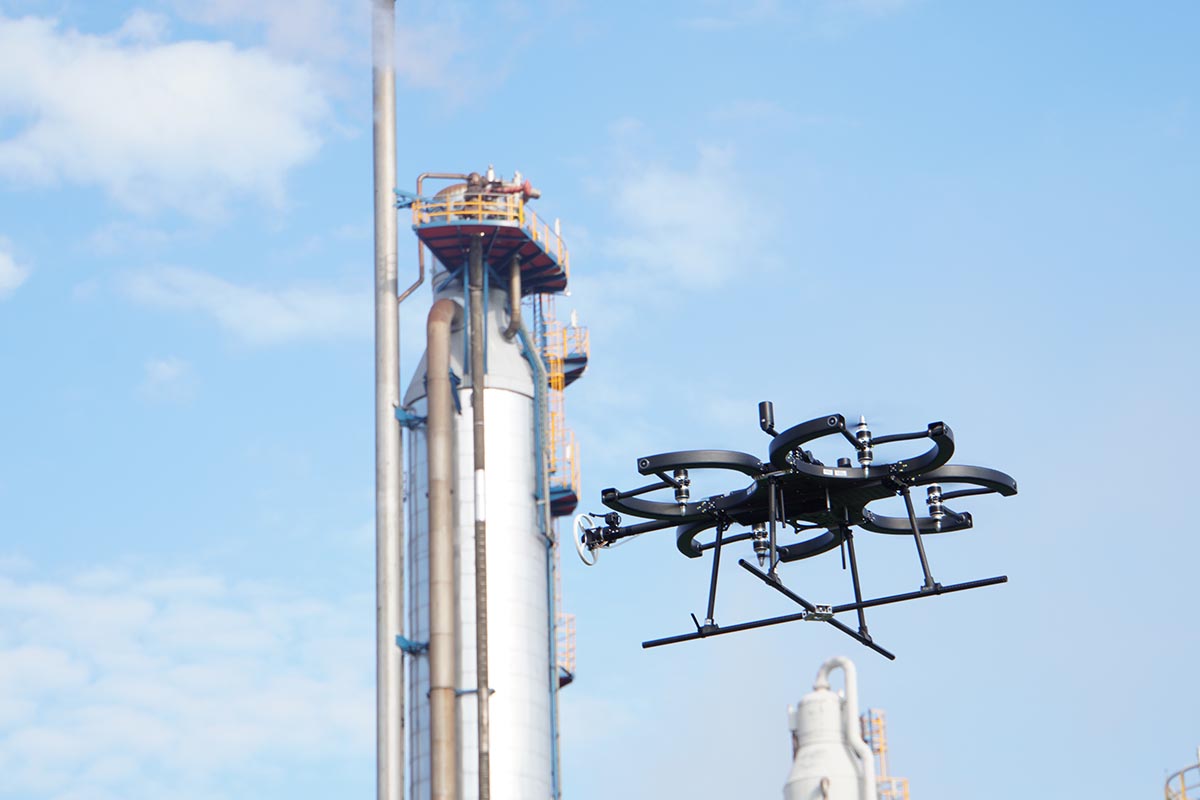Rope-access inspectors are a rare breed. Performing an inspection hanging from a rope several meters in the air requires not only specialized training and a capacity to work at heights but also competence in nondestructive testing (NDT) techniques such as ultrasound (UT).
While safety is a major concern with this method, so is the scarcity of skilled rope-access inspectors, efficiency, and expense. We’ve blogged in the past about the potential for drones to increase the safety of industrial inspections at heights, but it also offers an alternative that helps circumvent the shortage of skilled rope-access inspectors.
Serguei Solokhine from Skygauge Robotics joins us as a guest blogger to look at the issue from a time and cost savings perspective. Using in-service storage tank inspection as an example, he compares the rope-access method with the Skygauge drone solution, equipped with our 38DL PLUS™ UT thickness gauge and transducer technology.
A Typical Job at Heights: Rope Access vs. Skygauge Drone
By Serguei Solokhine, Skygauge Robotics
Consider a typical ultrasonic inspection job at an oil refinery. Five welded steel storage tanks come up for their 5-year inspection cycle under API-653 standards. To ensure compliance, inspectors must conduct 60 ultrasonic spot thickness measurements on each tank, a total of 300 scans for the entire job.
Here is what a typical inspection job looks like for a rope access team versus a team using the Skygauge solution.
Mobilization and Inspection Setup
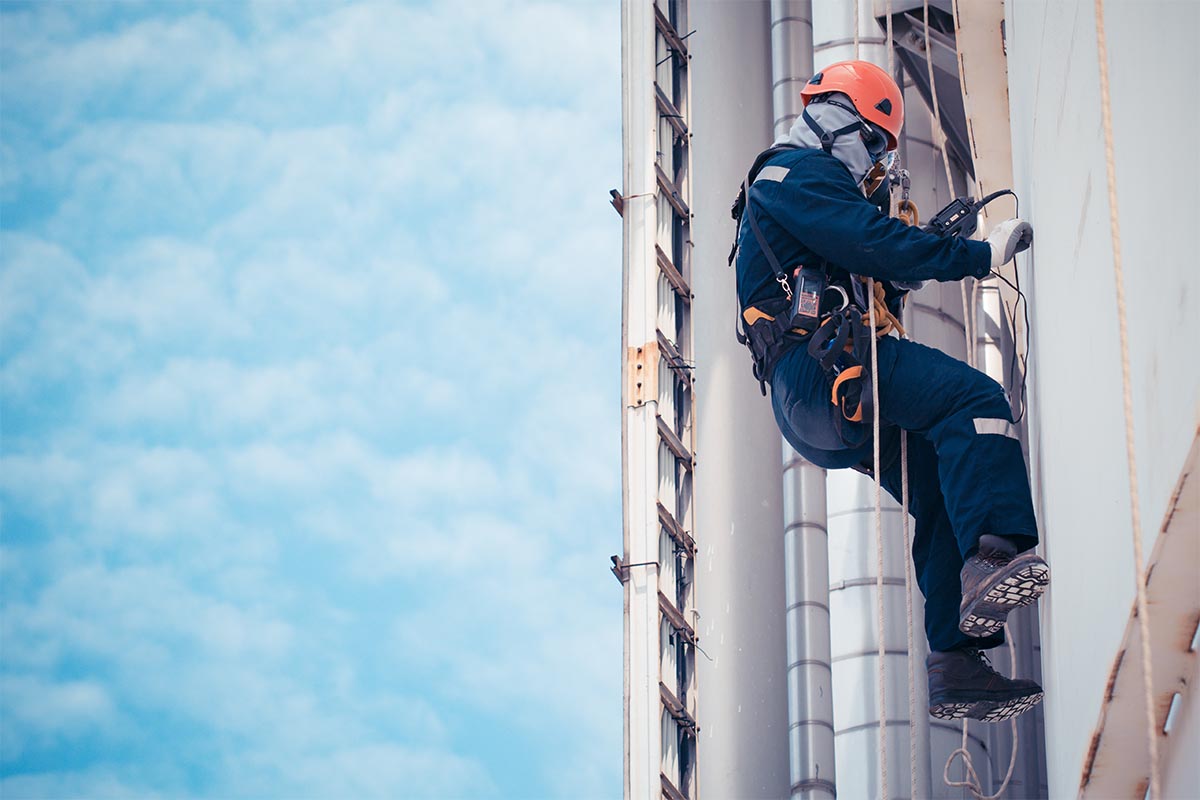
Rope Access
Early in the morning of the first day of inspection, the rope access team arrives on site. The team consists of three people: a highly experienced IRARA/SPRAT Level 3 Rope access specialist, a rope access level 2 technician, and a level 1+ rope access specialist with an additional designation in ultrasonic testing of level 2 or above.
The team surveys the site, prepares their equipment, and gets settled into a nearby hotel, paid for by the asset owner. This will be their home for the next 7 days. Throughout the first day, the team completes an extensive safety review, as potentially all members will be climbing ropes and risking their lives to complete the inspection over the coming days.
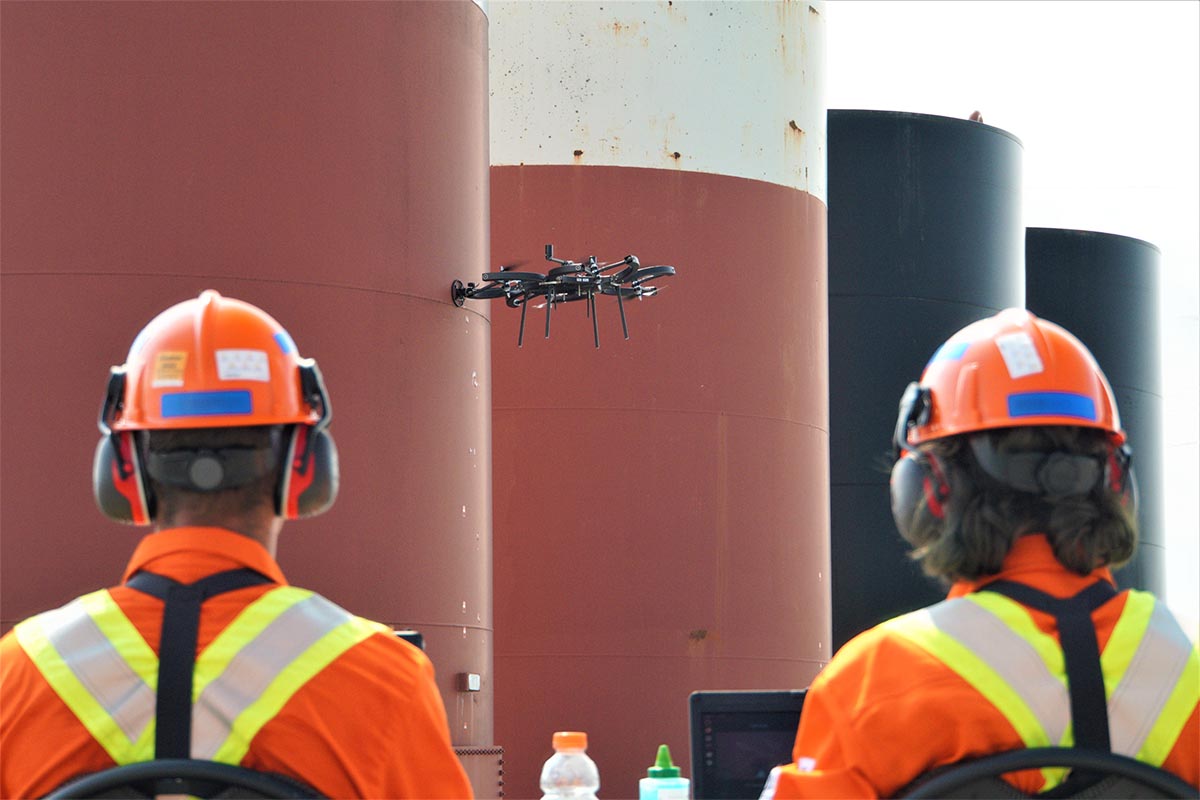
Skygauge Drone
The Skygauge team arrives onsite and does a quick visual assessment of the inspection area, as well as taking stock of wind and weather conditions. They unpack the drone from its case and can begin the inspection right away. The team ropes off the area directly below where the Skygauge operates, but otherwise, the facility remains operational.
The Inspection
Rope Access—5 days
Each day for five days, the rope access team collects their climbing equipment and ultrasonic testing tools, and then makes their way to the target tank. They spend the morning with one specialist on the roof of the tank and the others on the ground, carefully setting up the tanks and watching for any developing hazards. The area surrounding the tanks must be free of workers, vehicles, and other risks, so the facility remains in a state of partial shutdown for the duration of the inspection.
Once it is deemed safe, the rope access technician with UT designation climbs the rope, scanning the tank at predetermined points at a rate of 6 readings per hour. The process is slow, with the safety of the climber always being the top priority. With every reading, the technician assesses the results and manually logs any at-risk areas.
In the event of rain or high winds at any time during the 5-day inspection period, the inspection will be interrupted, and the inspection period extended.
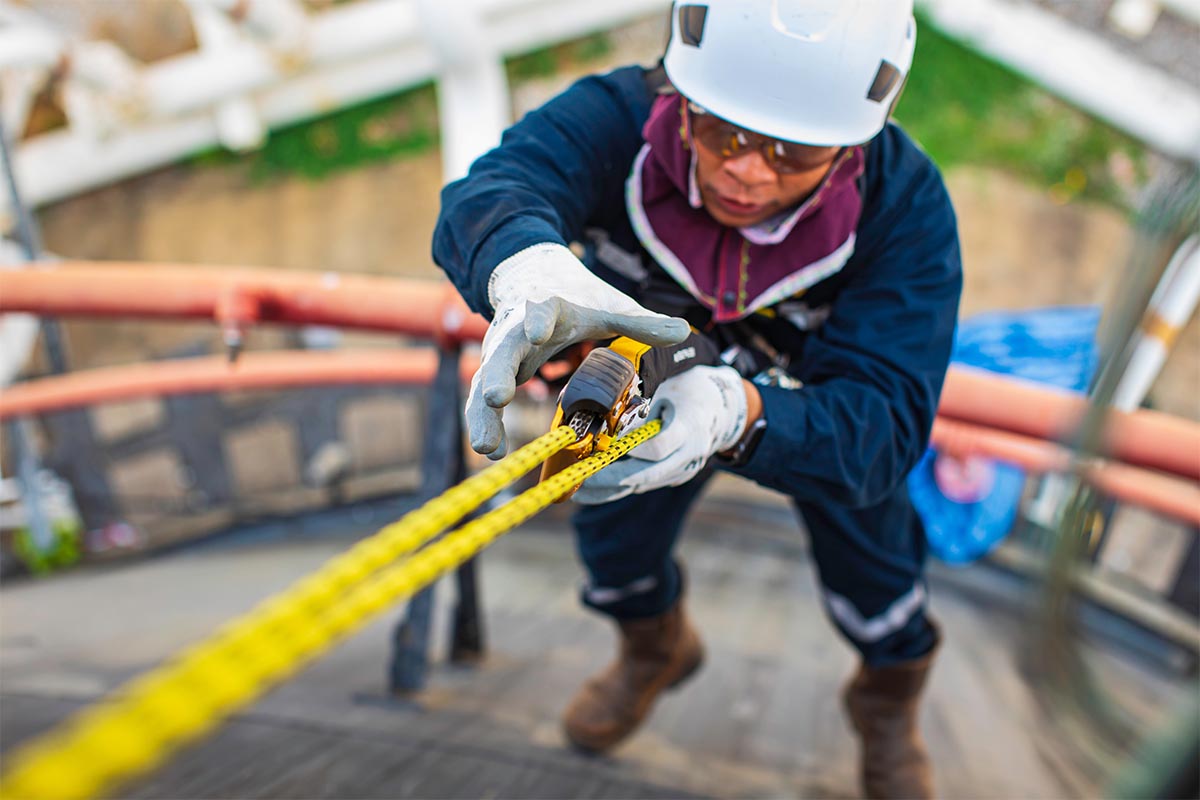
Skygauge Drone—1 day
The Skygauge team makes its way to the site, setting up the drone and running through startup and calibration procedures. Weather conditions such as wind or rain could postpone the flight by several hours, or even a day, but as long as the team can find a 5-hour window they will be able to complete the inspection.
Since there is no need to reposition ropes and no one is in a dangerous position, the Skygauge team can rapidly scan the side of the tank at a rate of 60 readings per hour. A technician can then review reports automatically sent down from the drone either after the fact or in real time.
Five hours later, the job is complete, and the team is ready to demobilize.
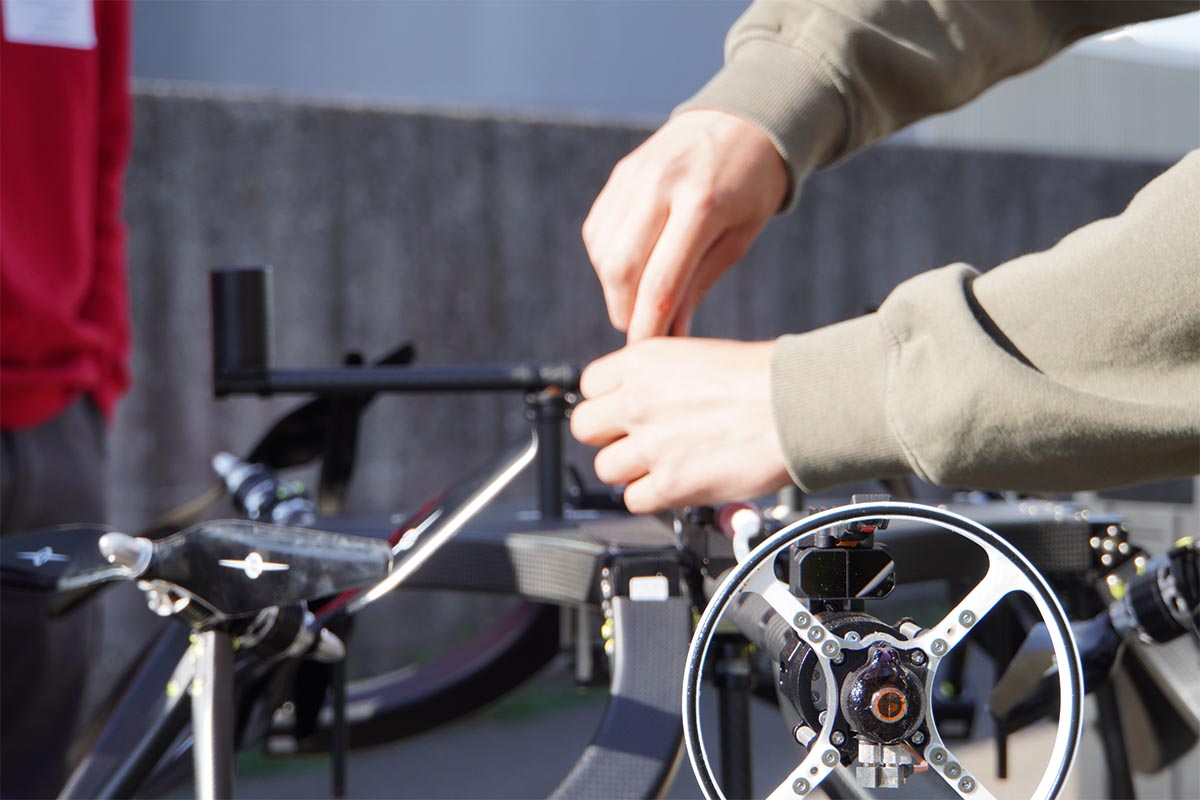
Demobilization
Rope Access
On the final day, the rope access team removes the ropes anchored to the tops of tanks, packs up all relevant equipment, and delivers inspection reports to the asset owner with any recommendations for improvement. They then pack up their equipment and demobilize. The entire job takes approximately 7 paid days, including mobilization and demobilization.
Skygauge Drone
The Skygauge team packs up their drone into its pelican case, packs the case into the back of their vehicle, and leaves the site. They either provide the results of the inspection to the asset owner at this time or send it to an inspector for future review, whichever is more convenient for the asset owner. The entire job takes 1–3 paid days, including mobilization and demobilization.
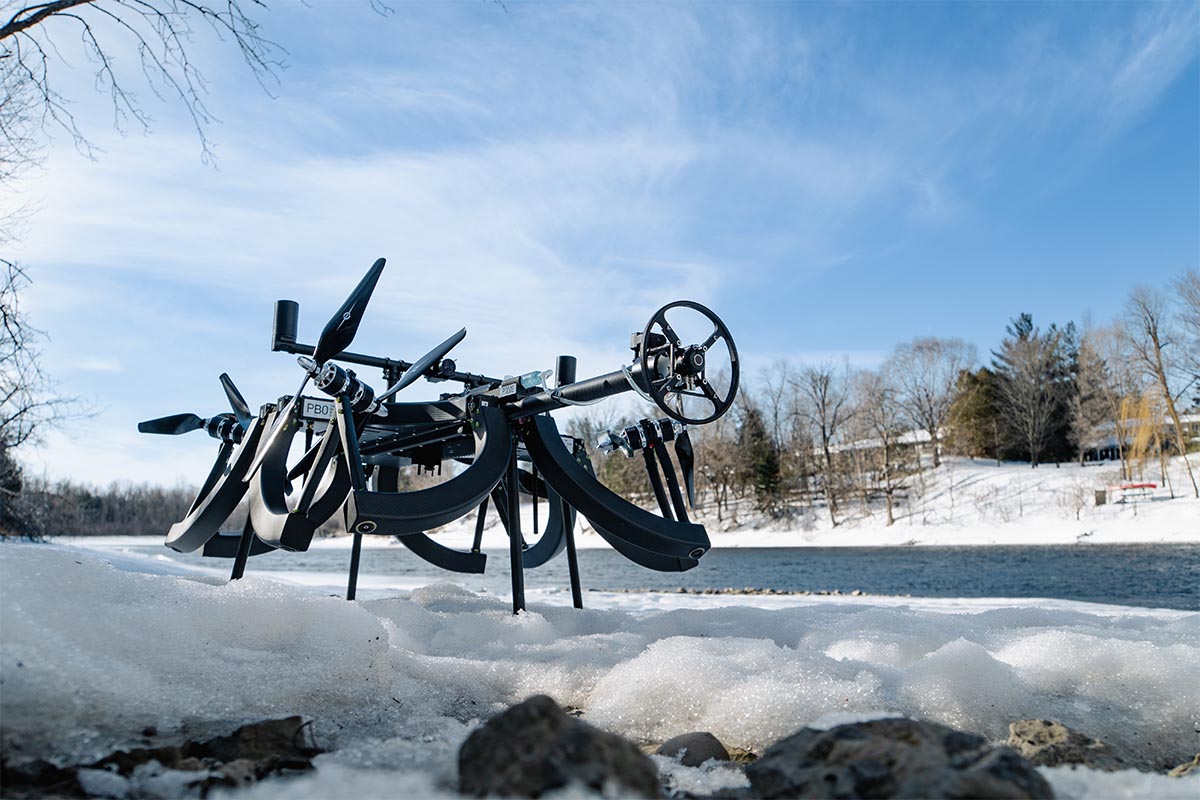
Summary
Skygauge Robotics’ technology turns inspection at heights into a fast, painless process for inspectors and asset owners, and it comes with the added flexibility of reviewing reports with an offsite inspector. Customers have reported savings of between 50–90% in terms of both cost and time after switching to Skygauge, and they can avoid physical risks and potential liability issues by keeping the entire team safe on the ground for the duration of the inspection. Furthermore, the
Skygauge solution operates with little to no facility downtime, which saves the customer hundreds of thousands or millions of dollars in downtime costs.
Related Contents
Ultrasonic Drone Inspections Take NDT Safety to New Heights
Tethered UT Drones: A New Era for Ultrasonic Inspection Work at Heights
A Day in the Life of an Offshore Inspector and the HydroFORM™ Phased Array Scanner
